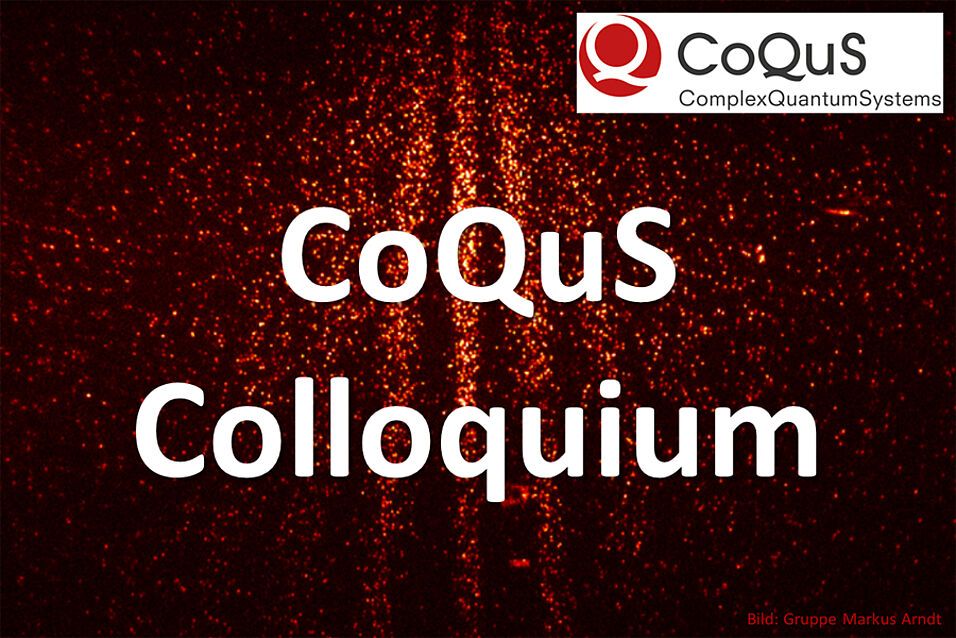The elastic properties of materials are determined by a few material constants such as the Young’s modulus. Using super-structures one can effectively change these “constants”. In this way we obtain functionalities such as wave-guiding, acoustic lensing or programmable failure. I will show how topological band theory, known from the description of electrons in solids, provides us with a powerful design-principle for such mechanical metamaterials.
Sebastian Huber (ETH Zurich): A quantized quadrupole insulator in a mechanical metamaterial
Location:
Verwandte Dateien

